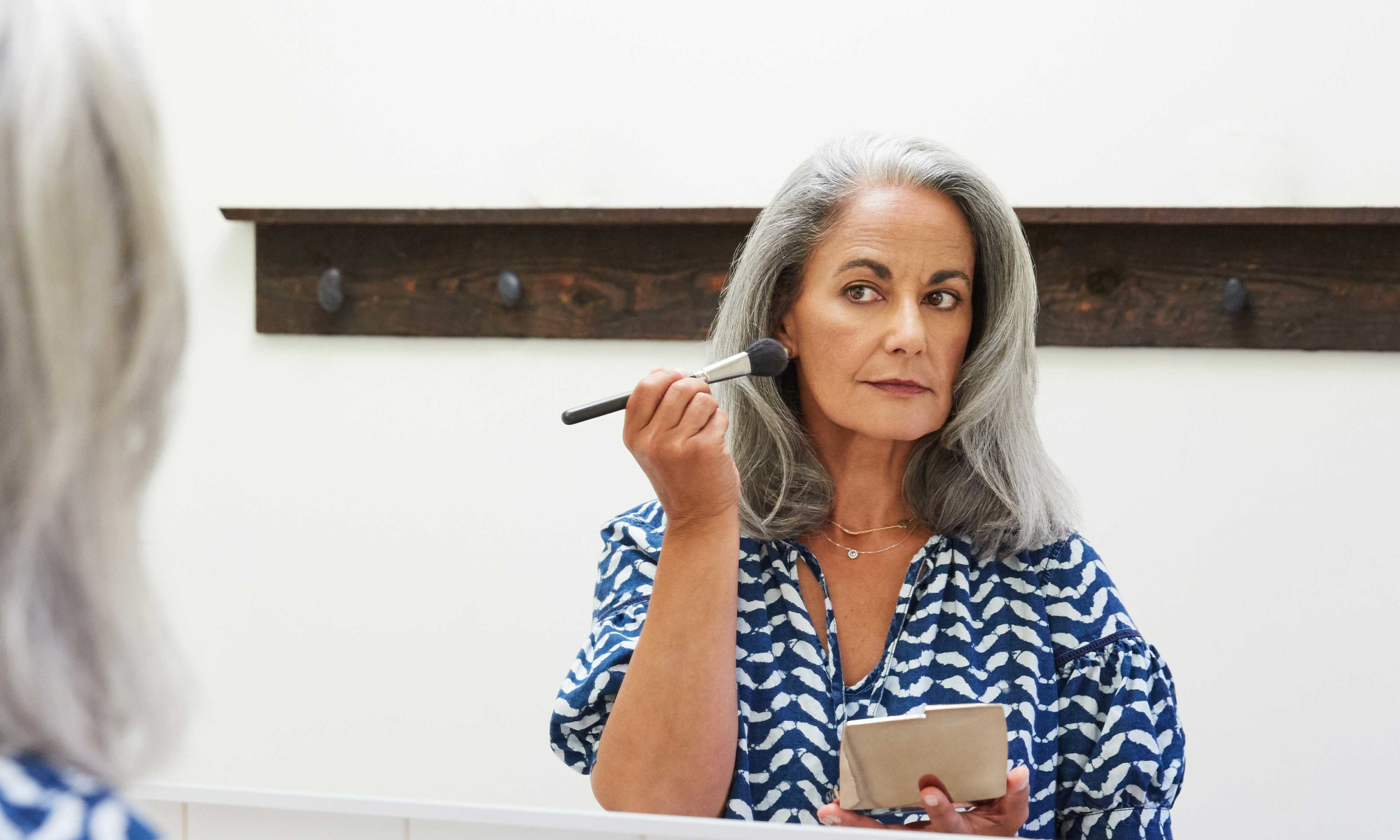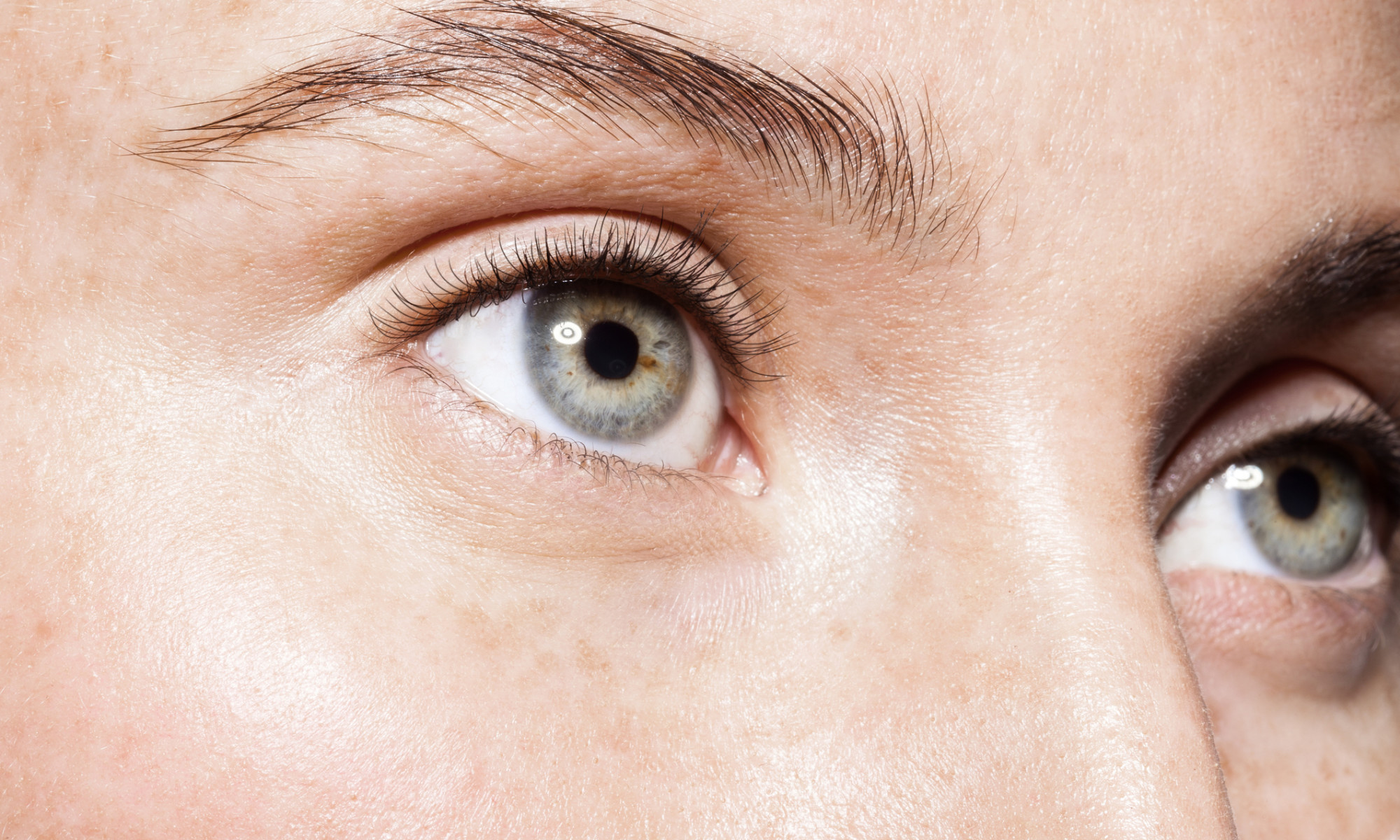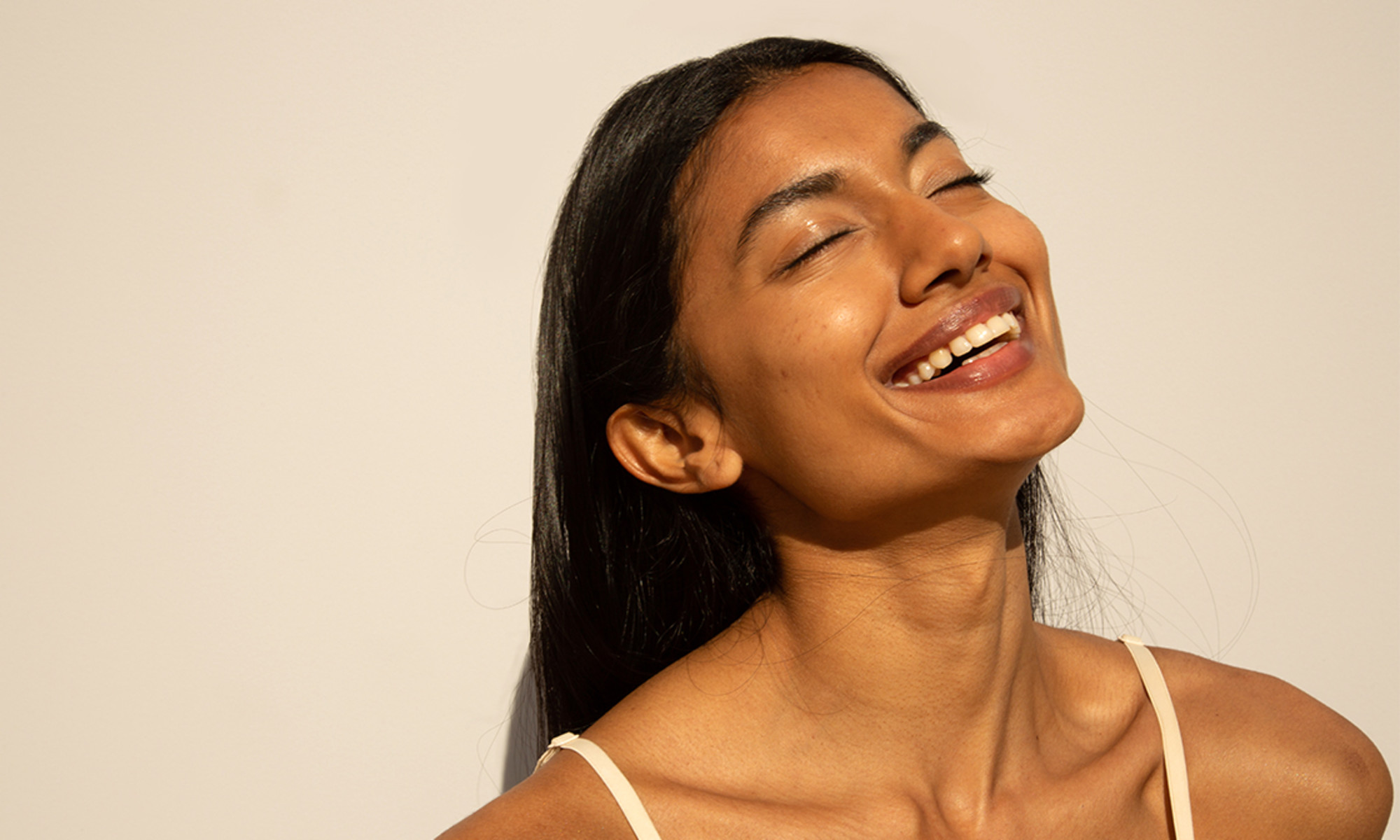6 Ways To Protect Yourself From Eye Problems Once You Turn 40
Our eyes are microcosms of our overall health.

Image by Trinette Reed / Stocksy June 23, 2025 Close your eyes and pretend that you will never open them again. How would that affect you? If you could never look at the faces of your loved ones, read a book, see the colors of a sunset, or drive a car…what would your life be like without your vision? Your eyes are not only the windows to your soul but also to your health. The hormonal changes associated with menopause directly increase your risk of blindness, and more than 65% of blindness occurs in older women—a sobering, but ultimately preventable, statistic. Let's take a closer look at what happens to a woman's eyes during menopause and the steps you can take to protect your eyes—a precious and underappreciated aspect of our health—before it's too late.
Your eye on hormones
Most women aren't aware that sex hormones have power outside of menstruation and reproduction. But in fact, they have more responsibilities outside the reproductive system than they do inside it.
In your fertile years, estrogen, testosterone, and progesterone bathe the specialized tissues of your eye. Their job is to keep the eyes moist, vital, and alive. But during menopause, the amount of sex hormones in the body decreases dramatically.
All three sex hormones work together to control our eyes' oil glands3, and one of the most common results of the drop in sex hormone levels is dry eye. Estrogen also affects the elasticity of the cornea, which changes the way light travels through the eye.
Women in their 40s and 50s are disproportionately affected by these issues compared to their male counterparts. They are also 12% more likely to experience vision loss than men.
Even small variations in the shape, elasticity, and moistness of the eye as we age can have dramatic effects on our vision. These shifts may seem subtle at first: dry eyes after a long day at the computer, itchy eyes during certain seasons, red eyes, slight vision loss. But each symptom is a message from the vision center in our brain trying to tell us that something in our body is out of balance.
Common eye problems
Sex hormone imbalances are partly responsible for the four most common eye problems: glaucoma, macular degeneration, thyroid eye, and cataracts. Let's take a closer look at the role that hormones play in each:
Glaucoma affects the optic nerve at the back of the eye. Studies suggest that low levels of estrogen can increase a woman's risk4 of developing open-angle glaucoma during menopause.
Your eye makes fluid to nourish the parts of the eye that do not have blood vessels. However, too much fluid or problems in draining the fluid can cause damage to the optic nerve. Damage to the optic nerve and increased pressure in the eye cause peripheral vision loss.
2.
Age-Related Macular Degeneration
Age-Related Macular Degeneration, or AMD, begins with the deterioration of the retina at the back of the eye. Macular degeneration gets more common the older you get and results in blurry vision and central vision loss. While AMD is not reversible, a healthy lifestyle focused on preventing inflammation can help prevent AMD and keep the macula from degenerating faster.
While the link between sex hormones and AMD is still undergoing study, estrogen is known to have the capacity to be both anti-inflammatory and anti-oxidative5. This implies that lower estrogen levels may cause an increase in inflammation and oxidation.
Thyroid Eye is associated with Graves' disease (hyperthyroidism), Hashimoto's (hypothyroidism), and the presence of high thyroid autoantibodies. The tissues in our eye sockets have receptors that are similar to those of the thyroid gland.
So if the thyroid activates, the eye sockets activate6. This causes inflammation in the eyes including bulging, dryness, puffiness, double vision, and vision loss.
Since the thyroid hormones and the eye are so tightly tied together, changes to our hormones influence the health of our eyes. A hypoactive thyroid can cause testosterone to drop.
Estrogen helps spread the thyroid hormone throughout the bloodstream. Too little estrogen results in inadequate thyroid tissue, while too much can result in the formation of a goiter, the irregular growth of the thyroid gland.
Cataracts can occur postmenopause, but their link to hormones is still inconclusive. The same way the headlights on your car accumulate a film over time that blocks the light from getting through, your eyes can start to cloud with age. Most older women experience problems with cataracts at some point or another. Studies show that low estrogen levels7 may increase the likelihood that you will develop cataracts.
Explaining the gender discrepancy
Some evidence suggests that gender disparities in vision problems are cultural. Women have less access to routine vision care and fewer funds to finance it. Women also live longer than men, giving them more time to develop these eye diseases, which are more common at the end of our lives.
Solutions for better eye health
Healthy eye habits and practices can prevent the onset of many eye diseases including glaucoma, AMD, and thyroid eye. Try a few of these healthy eye habits to prevent vision problems:
While preventive measures may seem like a hassle, they are still easier than treating an irreversible case of AMD or glaucoma later in life. Incorporate a few or all of these vision habits for healthy eyes in midlife and beyond.
The takeaway
Our vision is precious, but you may not realize how precious until it's gone. If you don't want to know what it's like to forget your loved one's face, miss the sparkling of light on water, or miss out on the beauty of a full moon, you have to be proactive about vision health.
Hormonal changes are often asymptomatic, so get your eyes checked regularly and nurture them always so that they can function optimally for decades to come.

 Tfoso
Tfoso 


































